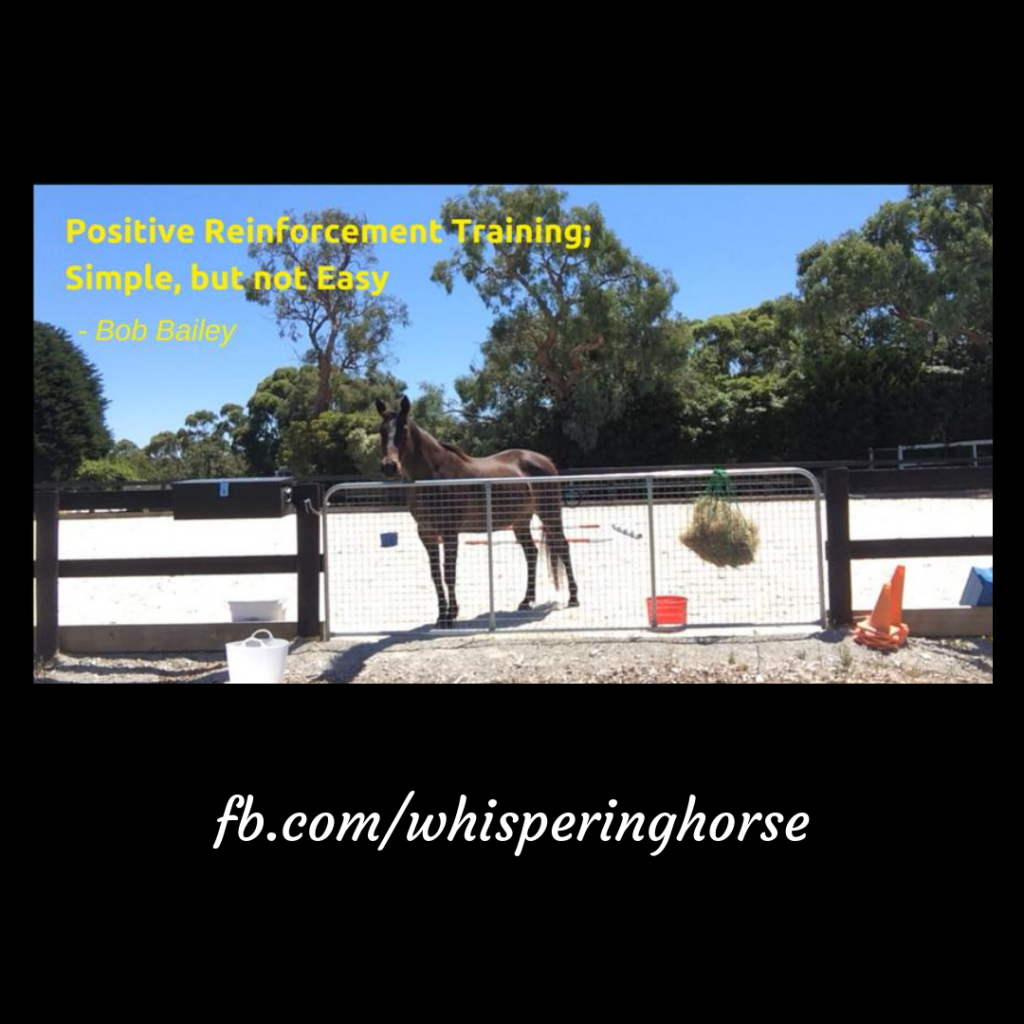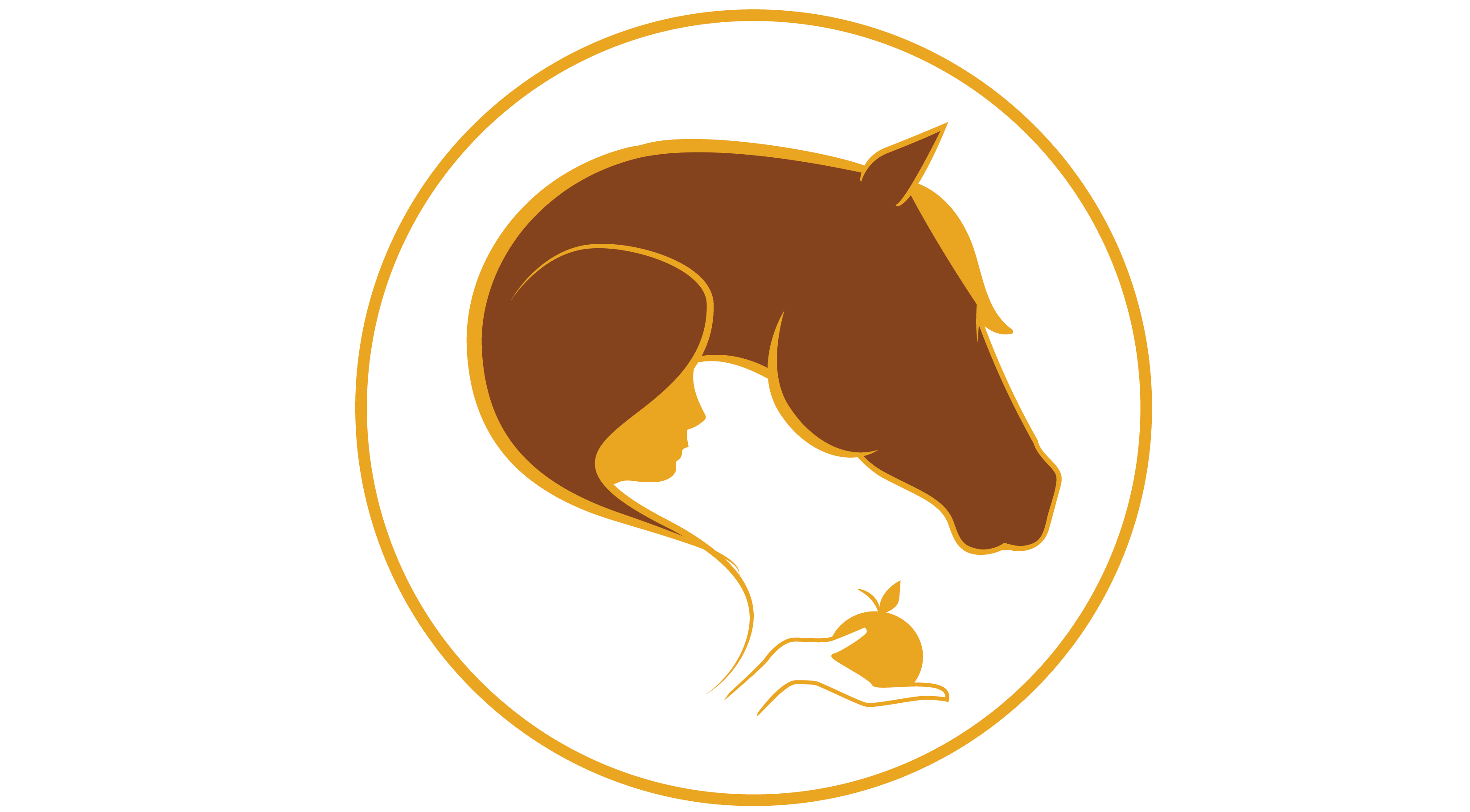Contiguity - What is it?

Although people struggle with the terminology of R+ training, I’m a big fan of using correct terms, not for the sake of it, or to look super brainy, but because it improves our training. Knowing what something is, or what to avoid or the name of something you want to use, is important in being a better R+ trainer.
I encourage everyone to learn the terminology.
The term and skill I want to talk about is Contiguity (noun) / Contiguous (adverb).
It’s important to note that Contiguity occurs in Classical Conditioning and Operant Conditioning and as usual, Pavlov is on one shoulder and Skinner is on the other. That means that we can talk about how it occurs in Classical or Operant Conditioning separately, but both things are happening simultaneously.
In simple terms, Contiguity is the space or time that elapses between one stimulus and another.
A simple example of this is when we pair the sound of a click (one stimulus) with food (the other stimulus). If there is very little time that has elapsed between the click and food and we do it repeatedly, click – food, click – food, click – food, the faster the learning and the faster the association is made. This is a pairing procedure (Classical Conditioning) and the time between the sound of the click being perceived by the learner and the moment they acquire the food is the contiguity. There have been studies done on the ideal window of time that has elapsed between one stimulus and another, for optimum learning, but I would like to just focus on the concept and ideally we are talking about adding the second stimulus as soon as possible after the first. What then happens is that the first stimulus, after repeated pairings with the second stimulus, comes to represent and conditions the same response as the stimulus that follows. Imagine after pairing/conditioning, that a horse salivates at the sound of the click, before the food is even delivered, much like Pavlov’s dogs salivated at the sound of the tone, before the meat powder was given. Operantly, the sound of the click becomes a secondary reinforcer due to the pairing/ association made (Pavlov AND Skinner happening).
An Operant Conditioning example would be the time that elapses between Behaviour and Consequence.
I’ve talked about Latency in a previous post, which is the time that has elapsed between the Antecedent or Cue (Discriminative Stimulus) and the Behaviour. Contiguity is about the time or space between Behaviour and Consequence.
The first time I learnt about using contiguity in clicker training was when I did my very first online course with Peggy Hogan to learn about Shaping and one of the exercises involved not using a clicker, but simply delivering the food as quickly as possible. I don’t recall if Peggy used the actual word, but I do remember when I did Susan Friedman’s LLA course, that the light bulb went off when she discussed Contiguity and I knew that’s what Peggy was teaching me.
You can see the video where I recorded the fun exercise Peggy had us do, where we pre-loaded our food (a whole other subject I might cover later) in order to deliver it as quickly as possible after the horse did the behaviour. In this case, the Criteria was any interaction with the chosen object, in our case, it was a box. So many times people ask me when they watch the video, are you clicking? I’m not, because I don’t need to, thank you Contiguity! That’s the beauty of clicker training really, we don’t always need a clicker and there is more than one reason why this is the case.
There is also a number of other concepts being learnt and illustrated in the video aside from pre-loading the food and Contiguity. There is a number of other things happening and being learnt as well, one of the obvious ones is called “Feeding for Position” as Bob Bailey liked to describe it.
Another thing that’s useful in understanding about Contiguity, is when you are clicker training and you realise you missed a moment to click, don’t click anyway. It’s always best to deliver the food as quickly as possible to reinforce the ‘right’ (goal) behaviour or an approximation and not click for potentially the ‘wrong’ behaviour or approximation. If we want our animal to understand the click and we want it to be a powerful and precision instrument, don’t throw it around randomly. Use it carefully and sparingly in order to develop and safeguard its power and precision. We can do this because of Contiguity!!
One of the key reasons Contiguous Reinforcement is so important is because when there is a large enough space or time gap between the Behaviour and the Consequence, it enables the animal to behave in that gap. If you’ve ever reviewed video, you will note that behaviour can change within a second and different behaviours can be performed seconds after the goal behaviour. We need to be quick ie. Contiguous in our Reinforcement, in order to avoid Reinforcing other or unwanted behaviours!
In laboratories, in controlled conditions, delayed Reinforcement can still equate to effective and efficient learning. But out in the field, with so many variables and other potentially reinforcing (or even punishing) stimuli present, the shorter the time/space between Behaviour and Consequence, the better.
This is yet another reason why it’s a really bad idea to withhold food for better or ‘perfect’ behaviour in clicker training. All you risk doing is reinforcing ‘superstitious’, or a chain or medley of behaviours that were performed between the goal behaviour and the delivery of Reinforcement.
Prompt delivery of Reinforcement (food) after any approximation of behaviour, whether you click or not, is always more effective and efficient than holding out for more.

